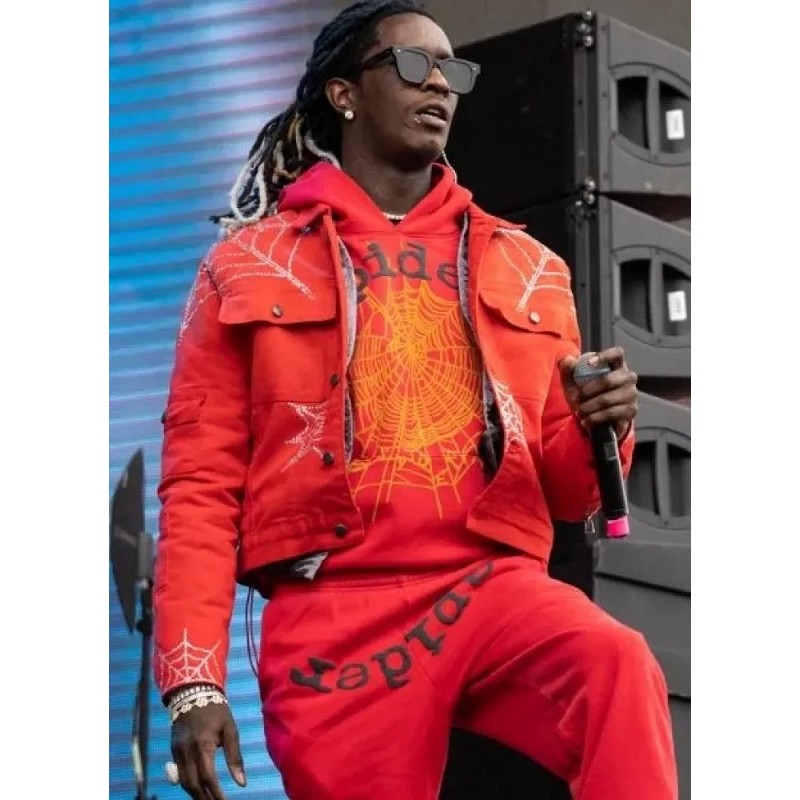
The Evolution of Affordable Fashion
Fashion has always been a reflection of society’s values, culture, and economy. In recent years, the demand for inexpensive and stylish clothing has surged, Visit now https://spiderofficial.us/ leading to the rise of fast fashion and other affordable fashion brands. This evolution has not only democratized fashion but also made it accessible to a broader audience.
The Birth of Fast Fashion
The term “fast fashion” refers to the rapid production of clothing to meet the latest trends at an affordable price. Brands like Zara, H&M, and Forever 21 have perfected this model, offering trendy clothes that are both stylish and budget-friendly. The key to their success lies in their ability to quickly adapt to changing fashion trends and produce items at a low cost.
Impact on Traditional Fashion Industry
The traditional fashion industry, once dominated by high-end designers and luxury brands, has been significantly impacted by the rise of fast fashion. High fashion, known for its exclusivity and high price tags, has had to adapt to stay relevant. Many luxury brands now offer more affordable lines or collaborate with fast fashion brands to reach a wider audience.
The Psychology Behind Affordable Fashion
Understanding why consumers gravitate towards affordable fashion requires delving into the psychology of shopping. The desire for stylish clothing at a low cost is driven by several factors, including the need for self-expression, social status, and economic considerations.
Self-Expression Through Fashion
Fashion is a powerful tool for self-expression. People use clothing to convey their personality, mood, and individuality. Affordable fashion allows individuals to experiment with different styles without the fear of financial strain. This freedom to explore and express oneself is a significant driver of the demand for inexpensive fashion.
Social Status and Fashion Trends
Fashion also plays a crucial role in social dynamics. Keeping up with the latest trends is often associated with social status and acceptance. Affordable fashion makes it possible for people from various economic backgrounds to participate in the latest fashion trends, reducing the gap between different social classes.
Economic Considerations
Economic factors are perhaps the most apparent reason behind the popularity of affordable fashion. In a world where the cost of living is continually rising, consumers are more budget-conscious. Affordable fashion provides a solution by offering trendy clothing at prices that do not break the bank.
The Role of Technology in Affordable Fashion
Technology has played a pivotal role in the development and proliferation of affordable fashion. From advancements in textile manufacturing to the rise of e-commerce, technology has made fashion more accessible and affordable than ever before.
Innovations in Textile Manufacturing
Advancements in textile manufacturing have significantly reduced the cost of producing clothing. Techniques such as automated cutting, digital printing, and synthetic fibers have made it possible to produce high-quality clothing at a fraction of the cost of traditional methods. These innovations have been crucial in making stylish clothing affordable for the masses.
The Rise of E-Commerce
The growth of e-commerce has revolutionized the fashion industry. Online platforms have made it easier for consumers to access a wide range of clothing options from the comfort of their homes. E-commerce also allows brands to reach a global audience without the need for physical stores, reducing overhead costs and enabling them to offer lower prices.
Sustainability and Ethical Considerations
While affordable fashion has democratized style, it has also raised concerns about sustainability and ethical practices. Check it now Sp5der hoodie The fast fashion industry is often criticized for its environmental impact and labor practices. As consumers become more aware of these issues, there is a growing demand for sustainable and ethically produced fashion.
Environmental Impact
The production of inexpensive clothing often involves practices that are harmful to the environment. The use of synthetic fibers, excessive water consumption, and the generation of textile waste are significant environmental concerns. However, many brands are now adopting more sustainable practices, such as using recycled materials and implementing eco-friendly production processes.
Ethical Labor Practices
The fast fashion industry has faced scrutiny for its labor practices, particularly in developing countries where workers are often paid low wages and work in poor conditions. There is a growing movement towards ethical fashion, with consumers demanding transparency and fair labor practices from brands. Companies are responding by ensuring fair wages and safe working conditions for their workers.
The Future of Affordable Fashion
The future of affordable fashion lies in balancing the demand for stylish clothing with the need for sustainability and ethical practices. As technology continues to advance and consumer awareness grows, the fashion industry is likely to see significant changes.
Sustainable Fashion Innovations
Innovations in sustainable fashion are on the rise. From biodegradable fabrics to zero-waste production techniques, the industry is exploring various ways to minimize its environmental impact. Brands that prioritize sustainability are likely to attract environmentally conscious consumers and set new standards for affordable fashion.
Ethical Consumerism
Ethical consumerism is becoming increasingly important in the fashion industry. Consumers are more informed and are making purchasing decisions based on a brand’s ethical practices. Companies that are transparent about their supply chain and labor practices are gaining trust and loyalty from consumers.
Conclusion
Fashion has the power to satisfy our desire for inexpensive and stylish clothing. The rise of affordable fashion has made it possible for more people to express themselves and participate in the latest trends. However, as the industry evolves, it must also address the challenges of sustainability and ethical practices. By embracing technology and innovation, the future of fashion can be both affordable and responsible.